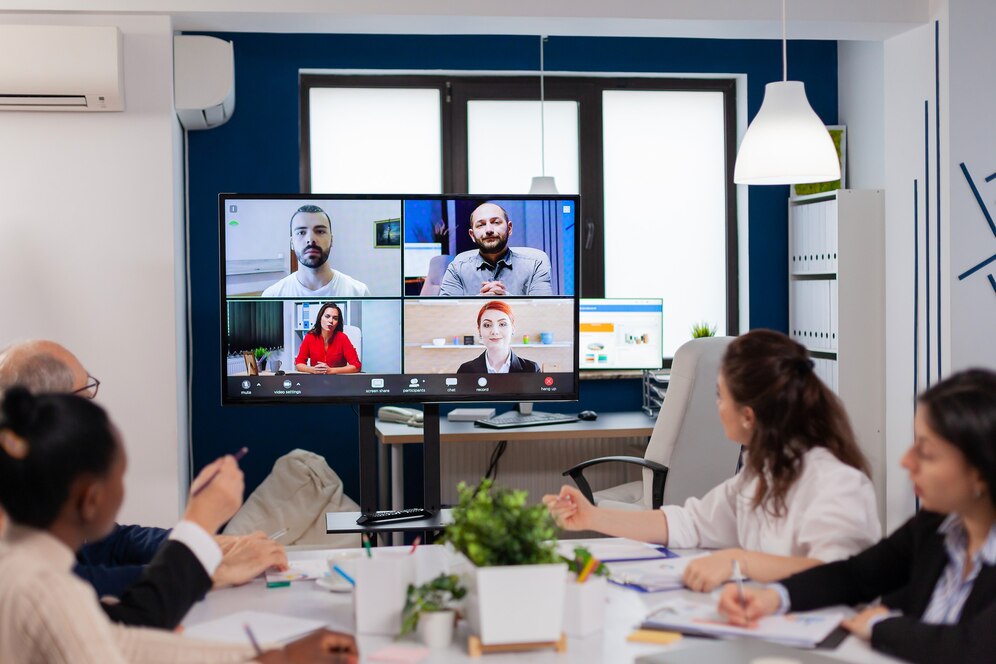In the realm of B2B marketing, webinars have emerged as powerful tools for engagement, education, and lead generation· Planning and executing a successful B2B webinar requires careful strategizing and attention to detail· This guide will walk you through the essential steps to ensure your webinar achieves its objectives effectively·
What is a B2B Webinar?
A B2B webinar is an online seminar or workshop designed specifically for businesses to educate, engage, or interact with a targeted audience· It typically features presentations, discussions, and sometimes interactive elements like Q&A sessions·
What are the Benefits of B2B Webinars?
B2B webinars offer several advantages:
Lead Generation: Capture leads who are interested in your topic or solutions· Webinars can serve as effective lead magnets.
Thought Leadership: Position your company as an authority in your industry, showcasing expertise through insightful content·
Engagement: Interact directly with your audience in real time, fostering meaningful connections and conversations·
Education: Provide valuable insights and information to your target audience, addressing their pain points and challenges·
Scalability: Reach a large audience across different locations simultaneously, maximizing your impact and outreach·
1· Planning and Choosing the Right Topic
Select a topic that resonates with your target audience’s interests and pain points. It should be relevant, timely, and aligned with your business objectives· Consider current industry trends and issues your audience cares about·
2· Define the Purpose and Goals of the Webinar
Decide what you want to achieve with the webinar—whether it’s lead generation, brand awareness, thought leadership, or customer education· Set clear, measurable goals to track success and ROI effectively·
3· Identify Your Target Audience
Understand who your ideal attendees are—their job roles, industries, challenges, and interests. Tailor your content and promotion efforts accordingly to ensure maximum relevance and engagement·
4· Choose a Webinar Format
Decide on the format that best suits your topic and audience: single presenter, panel discussion, interview style, product demo, or interactive workshop· Choose a format that encourages interaction and keeps participants engaged throughout.
Read also: How to Master the Future of B2B Sales
5· Choose a Webinar Platform
Select a reliable webinar platform that supports your chosen format, offers necessary features (like Q&A, polls, and analytics), and can handle your expected audience size· Test the platform in advance to ensure smooth execution on the webinar day·
6· Choose Engaging Speakers
Select speakers who are knowledgeable about the topic and can effectively communicate and engage with the audience· Ensure they are well-prepared and rehearsed to deliver valuable insights and keep attendees interested·
7· Create an Agenda for the Webinar
Outline the flow of the webinar including welcome, introduction, main presentation segments, interactive sessions (Q&A, polls), and conclusion· Share the agenda with speakers and team members to maintain alignment and timing.
8· Choose the Best Time for the Webinar
Consider your target audience’s time zones and schedules when scheduling the webinar. Aim for a time that maximizes attendance and engagement· Analyze past webinar performance data available to identify optimal timings·
9· Prepare Your Content
Develop compelling slides, scripts, demos, and any other visual aids or resources needed for the webinar. Ensure content is informative, engaging, and aligns with your goals· Practice delivery to refine timing and clarity·
10· Promote the Webinar
Use various channels (email, social media, website, partners) to promote the webinar. Highlight key benefits and encourage registration with clear calls-to-action· Leverage early bird registration incentives or exclusive content teasers to drive registrations.
11· Think About Registration
Set up a user-friendly registration process to capture attendee information· Consider offering incentives like early bird discounts or exclusive content to boost registrations· Send automated confirmation emails with webinar details to registered participants.
Read also: How to Use LinkedIn for B2B Lead Generation
12· Host the Webinar
On the day of the webinar, ensure all technical aspects are in place· Introduce speakers, stick to the agenda, engage the audience with polls and Q&A, and manage time effectively· Record the webinar for future use and offer a live playback option for those who couldn’t attend·
13· Follow Up After the Webinar
Send a thank-you email to attendees and registrants with a recording or summary of the webinar. Follow up with leads promptly to nurture relationships and capitalize on interest. Share additional resources or invite them to upcoming webinars or personalized demos·
Conclusion
Successfully planning and executing a B2B webinar requires thorough preparation, clear objectives, engaging content, and effective promotion. By following these steps and continually evaluating and improving your webinar strategy. You can leverage webinars as powerful tools for business growth, audience engagement, and thought leadership in your B2B industry·







